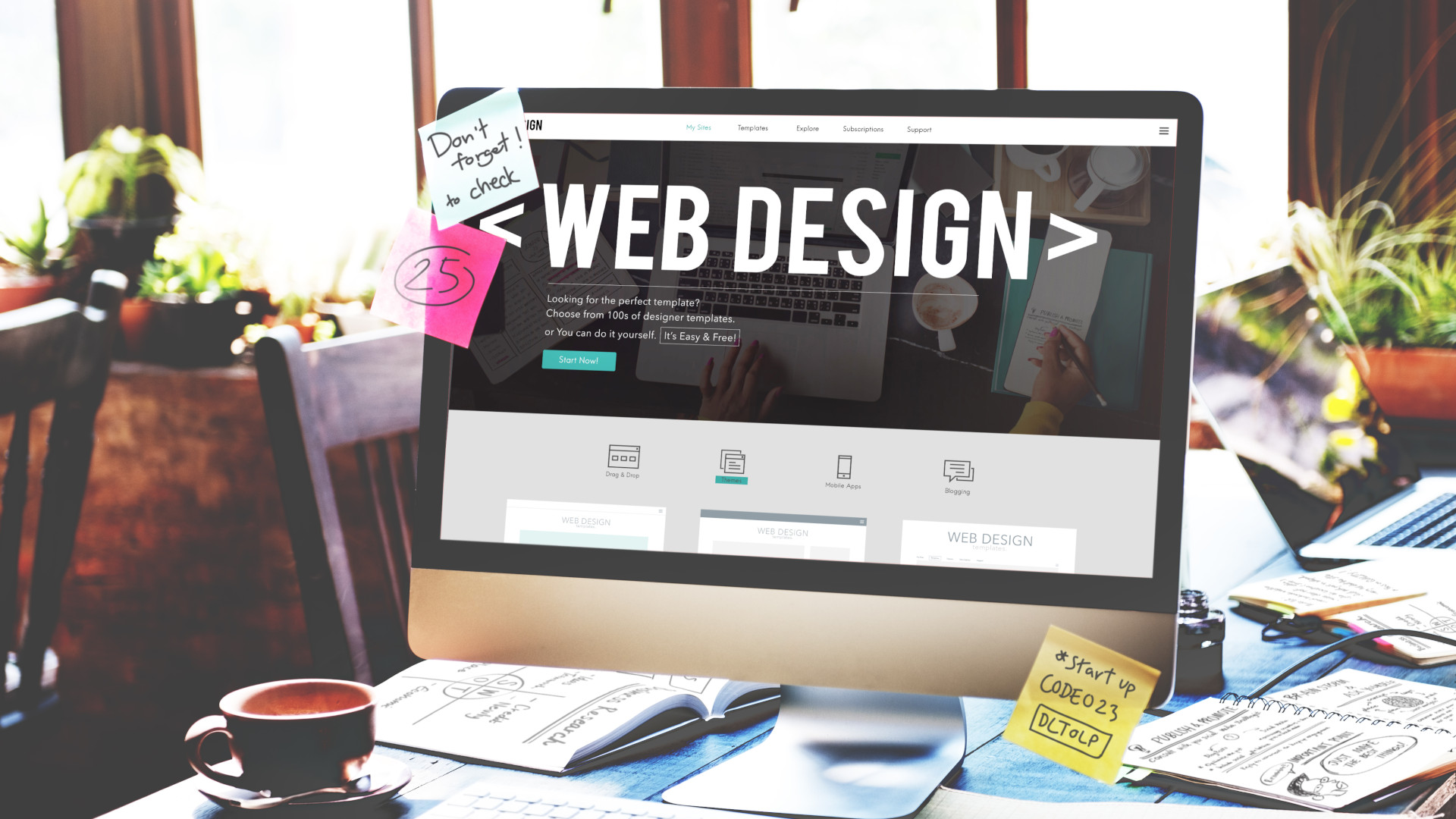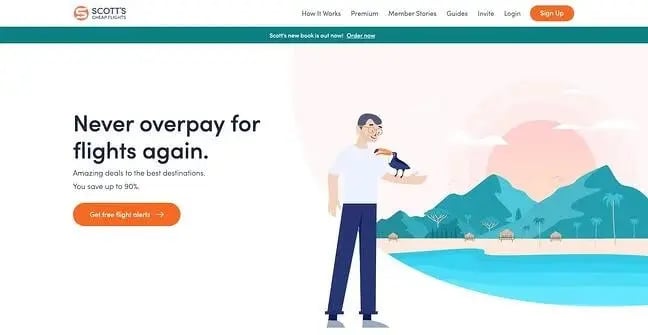The Value of Availability in Modern Website Design
The Value of Availability in Modern Website Design
Blog Article
The Power of User-Centered Internet Site Design in Growing Your Online Audience
Reliable style principles-- such as user-friendly navigating and access-- are crucial in fostering customer contentment and commitment. What methods can organizations take on to ensure their styles resonate with customers and inevitably drive growth?

Recognizing User-Centered Layout
User-Centered Style (UCD) is an essential strategy to web site growth that prioritizes the needs, preferences, and behaviors of end users throughout the style process. This technique emphasizes recognizing individuals deeply-- through study techniques such as interviews, surveys, and use screening-- to create a website that reverberates with them. By including individual feedback at every stage, developers can make sure that the end product aligns carefully with individual expectations.
UCD advertises iterative layout, where prototypes are tested and improved based upon user communications and experiences. This cycle not only enhances functionality but additionally fosters a sense of possession among customers, as they feel their input is valued and impactful. Additionally, UCD aids determine potential barriers and pain points in the individual trip, permitting designers to deal with these challenges proactively.
Eventually, welcoming UCD causes websites that are a lot more intuitive, appealing, and reliable. By putting customers at the center of the style procedure, organizations can develop electronic experiences that not only bring in but likewise retain their target audience, driving better fulfillment and loyalty. In an affordable online landscape, this method is essential for accomplishing continual success.
Trick Principles of User Experience
An effective customer experience (UX) hinges on a number of crucial concepts that guide the design procedure and enhance communication in between customers and the website. Firstly, functionality is extremely important; the website should be user-friendly, permitting customers to browse quickly and discover details promptly. This consists of clear labeling and a sensible structure that lessens cognitive tons.
Secondly, availability plays a crucial function in guaranteeing that all customers, despite their capacities or handicaps, can properly involve with the site. Including alt message for pictures, keyboard navigation, and display viewers compatibility promotes inclusivity.
Uniformity is one more vital concept. A natural style language, from color systems to typography, assists customers construct knowledge and depend on with the site (Website Design). It also strengthens brand name identity
Moreover, responses systems are vital. Customers must receive immediate and clear responses to their activities, whether with aesthetic hints or confirmation messages, which boosts their confidence in navigating the website.
Finally, mobile responsiveness can not be neglected. With a raising number of users accessing web sites through smart phones, a layout that adapts flawlessly to different display sizes is critical for preserving a positive customer experience.

Advantages for Online Involvement
Efficient online engagement provides countless benefits that can dramatically improve a site's overall efficiency - Website Design. By promoting meaningful interactions between customers and the site, companies can cultivate a devoted audience that returns with uniformity. Engaged users are more probable to share content, thus enhancing organic reach and bring in brand-new site visitors through word-of-mouth promotion
Improved online engagement also causes boosted user contentment. When individuals locate a web site that reverberates with their requirements, they are much more inclined to explore its offerings extensively, which helpful resources can lead to greater conversion rates. Additionally, appealing material urges customers to invest more time on the website, decreasing bounce prices and favorably affecting online search engine ranking formulas.
Moreover, effective engagement provides invaluable insights right into user preferences and habits (Website Design). By evaluating individual communications, companies can tailor their material and design techniques to fulfill the developing assumptions of their target market. This adaptive technique not just improves involvement yet also reinforces the brand's credibility as user-centric and responsive
Ultimately, focusing on on-line involvement with user-centered layout creates a successful ecological community where both go to this site the company and the target market benefit, causing sustained growth and success in the digital landscape.

Strategies for Effective Style
To take full advantage of the advantages of online involvement, using details strategies in website design is critical. Instinctive navigation is important; individuals need to conveniently locate information without complication. A well-structured food selection, clear tags, and a sensible pecking order improve the individual experience and decrease bounce rates.
2nd, receptive layout is essential in today's multi-device environment. Making sure that a site adapts seamlessly to numerous screen sizes fosters availability, thus accommodating a broader target market. This versatility not only enhances user satisfaction yet likewise positively influences internet search engine rankings.
Third, using visual power structure guides customers' interest to important elements, such as phone call to action (CTAs) Employing contrasting shades, varying font dimensions, and calculated spacing can efficiently route individuals toward wanted actions, facilitating higher interaction.
In addition, executing regular branding across all web pages builds trust and recognition. A natural color typography, system, and imagery reinforce brand identification and create a specialist appearance.
Finally, optimizing loading speeds is crucial. Users are much less most likely to engage with a slow-loading website, making efficiency optimization a vital facet of effective style. By including these techniques, site creators can improve customer experience and ultimately grow their online audience.
Real-World Success Stories
Success stories in user-centered web site layout highlight the substantial benefits of focusing on customer experience. One notable example is the redesign of the website for the not-for-profit company, Charity: Water. By including user feedback, the company structured navigating and stressed storytelling via impactful visuals. Because of this, they experienced a 250% rise in online donations, demonstrating how an user-friendly style can drive customer interaction and support.
An additional engaging situation is that of Airbnb, which utilized user-centered style principles to improve their booking process. By streamlining the individual journey and integrating individualized suggestions, they helpful site dramatically reduced site abandonment rates. This emphasis on customer experience added to a profits growth of over 70% in a solitary year, emphasizing the relationship between well-designed user interfaces and economic success.
Moreover, the ecommerce giant, ASOS, implemented user screening to fine-tune their mobile app. By resolving individual pain factors, they achieved a remarkable 30% rise in mobile sales. These examples highlight that buying user-centered style not only boosts individual complete satisfaction but also drives substantial company outcomes, strengthening the crucial duty of individual experience in achieving on the internet growth.
Conclusion
To conclude, user-centered web site design works as a crucial method for enhancing on the internet target market engagement. By prioritizing customer needs and preferences, businesses can produce obtainable and intuitive digital experiences that promote commitment and drive conversions. The integration of user responses throughout the design process not only minimizes bounce prices but also motivates exploration. Ultimately, taking on effective user-centered design principles can dramatically contribute to an organization's success in a competitive electronic landscape.
User-Centered Layout (UCD) is a basic strategy to internet site growth that focuses on the needs, preferences, and behaviors of end users throughout the style process. By integrating user feedback at every phase, developers can ensure that the last item lines up closely with user assumptions.
An effective individual experience (UX) hinges on a number of essential principles that lead the layout process and enhance communication in between customers and the site.Success stories in user-centered web site design illustrate the substantial benefits of prioritizing customer experience. These examples highlight that spending in user-centered design not only improves individual contentment however also drives substantial organization results, enhancing the essential function of user experience in attaining on-line development.
Report this page